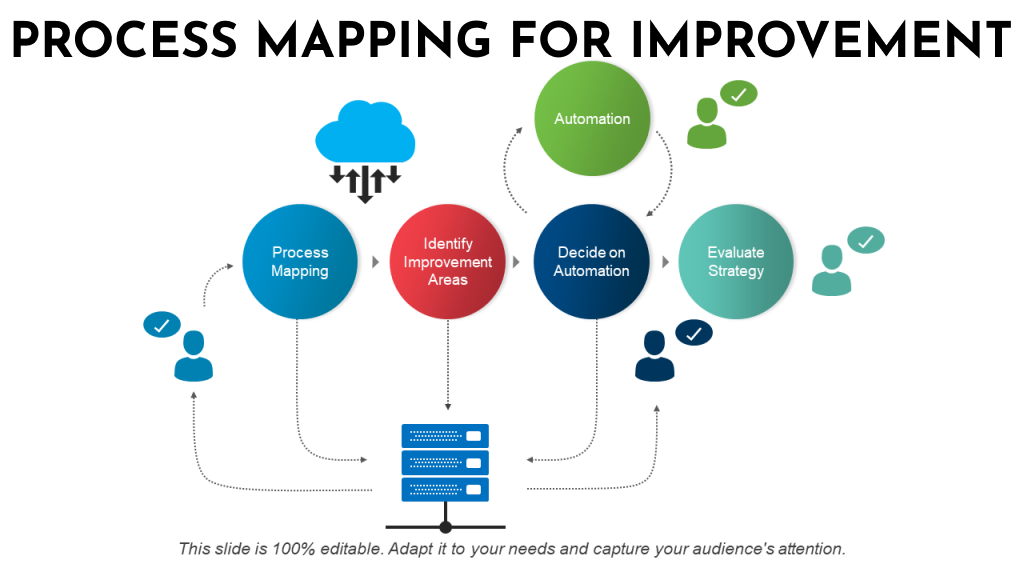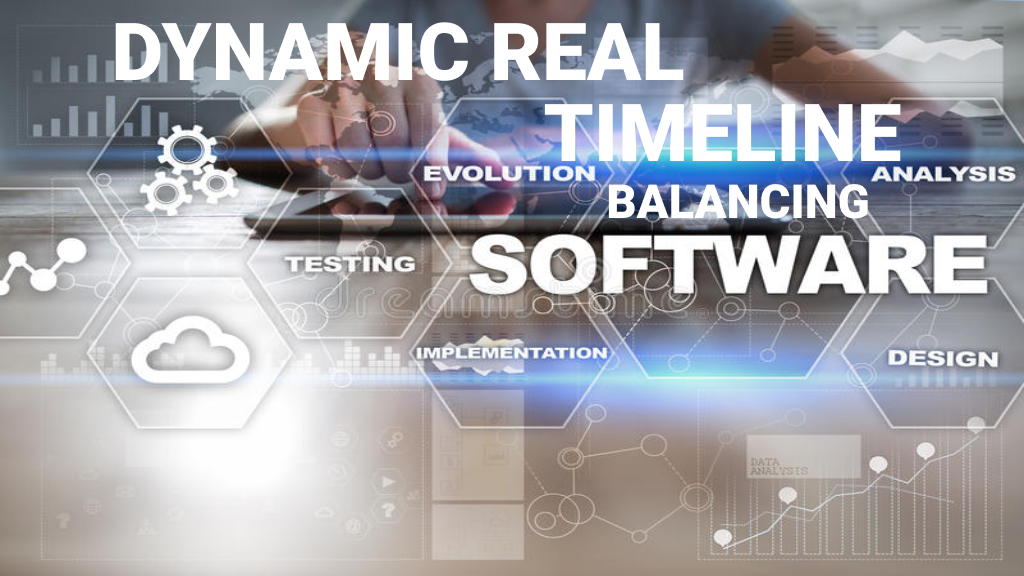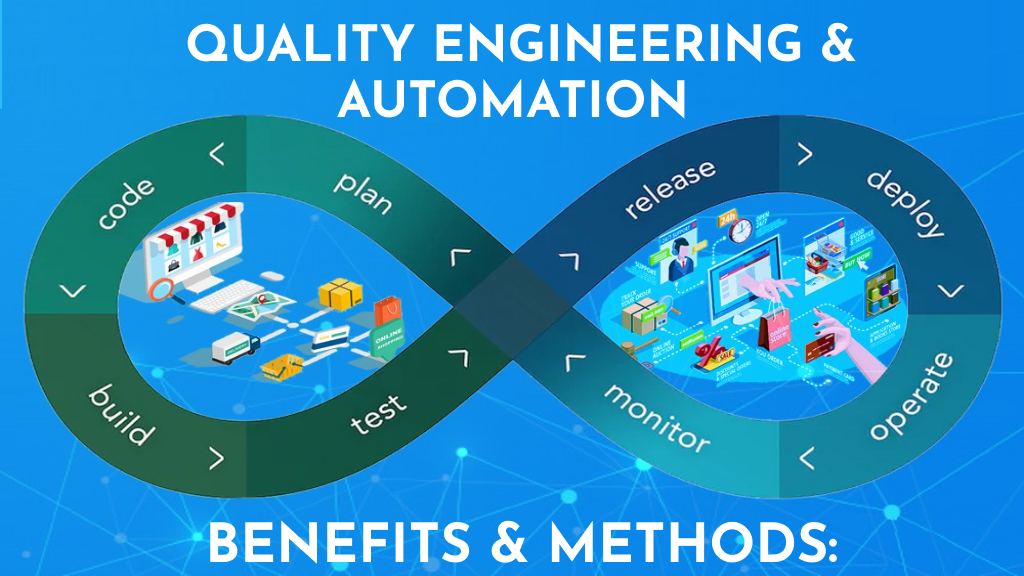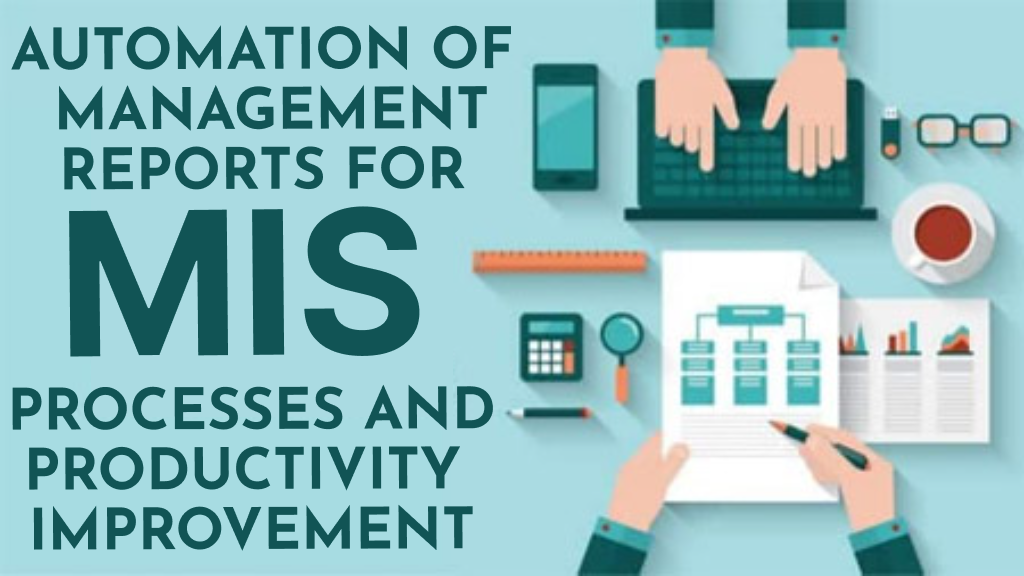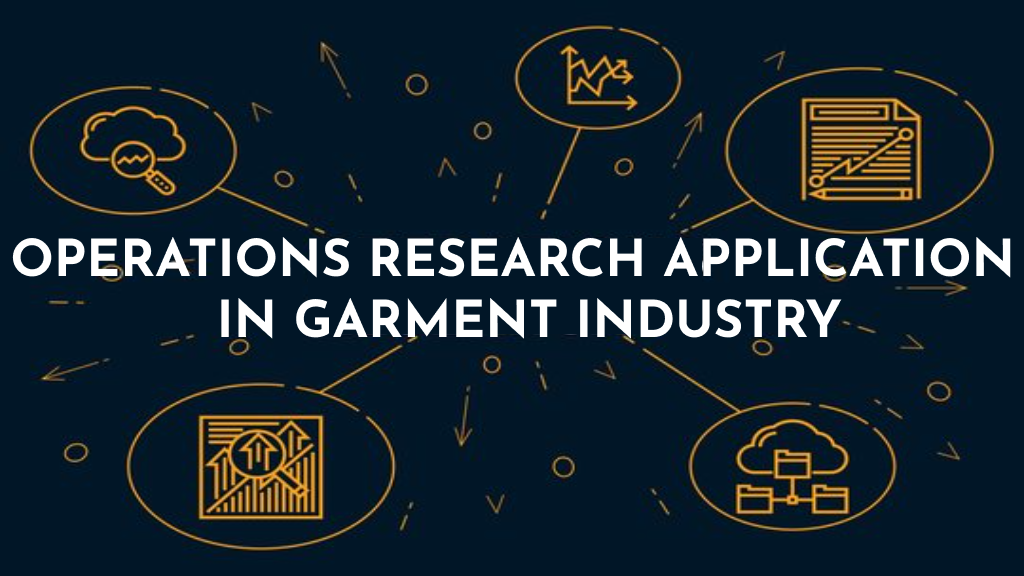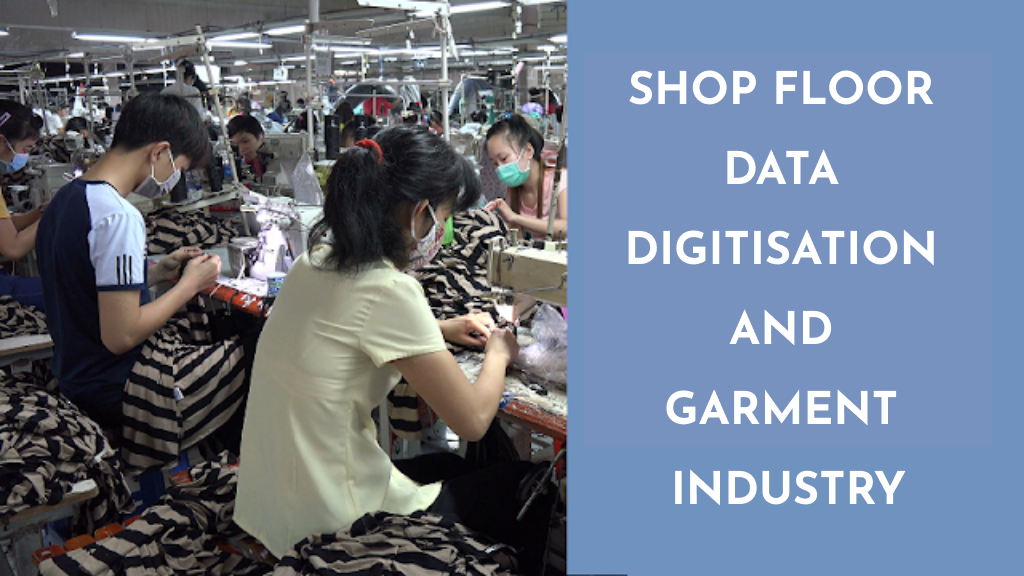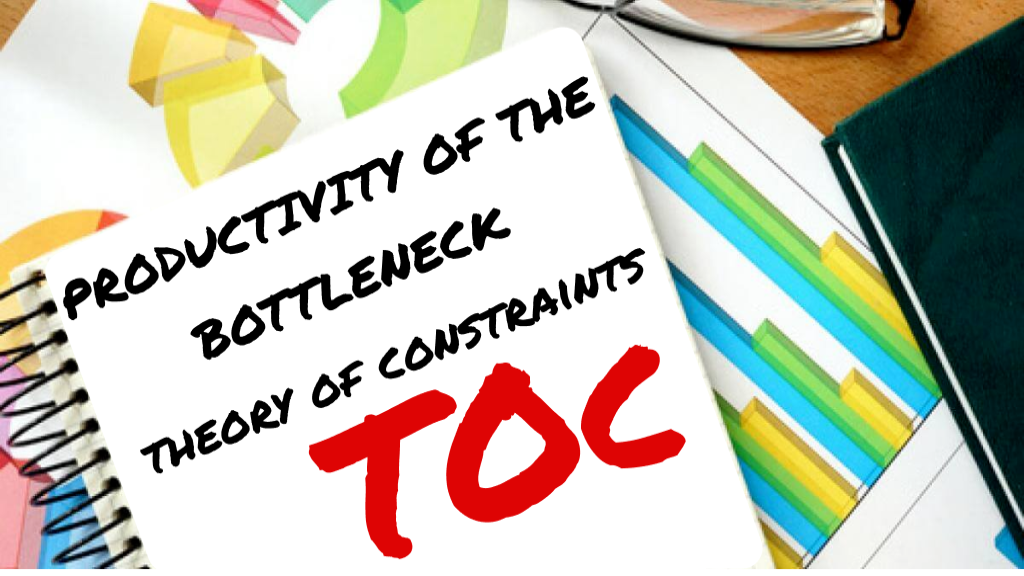PROCESS MAPPING FOR IMPROVEMENT
Processes in manufacturing consist of several tasks to fulfill the customer’s order and receive benefits. Manufacturing requires multiple tasks and these tasks have to be linked. Linking multiple tasks is called a process into a process to achieve the result. Improvement of the individual tasks and processes requires a deep analysis of those tasks and processes. The sequencing of the ind Manufacturing processes involve several steps, procedures, and micro processes to complete critical tasks. The basic concept of production improvement methods like lean, six sigma, data digitisation is to continuously improve through process improvement.
Process improvement is basically to map and analyze existing processes to remove flaws and improve the process using methodology like data analysis, data digitization, lean, six sigma, customized software etc.,By effective process change, it is possible to reduce lead time, improve productivity, deliver better quality and give better customer experience etc…
PROCESS MAPPING FOR IMPROVEMENT Read More »

